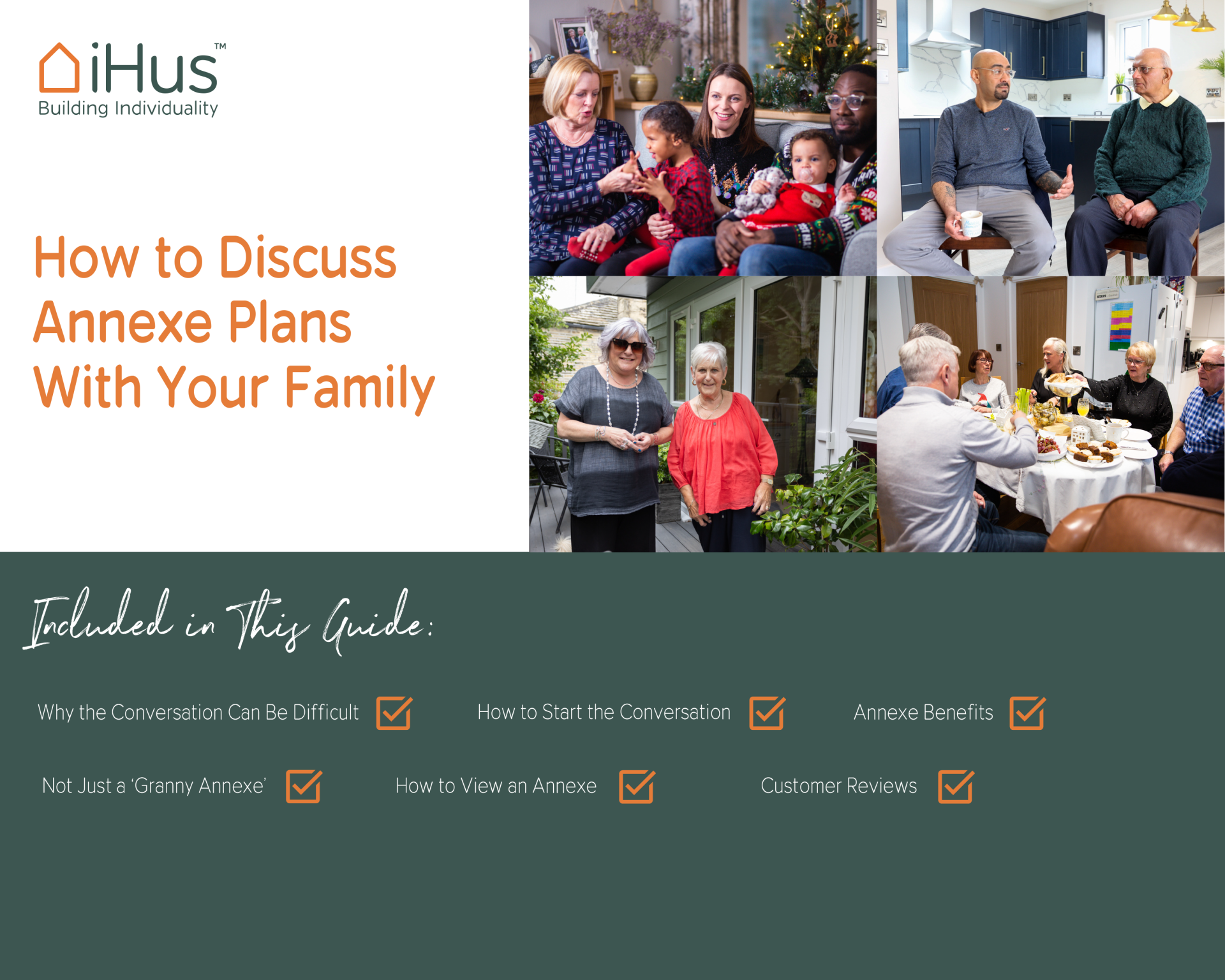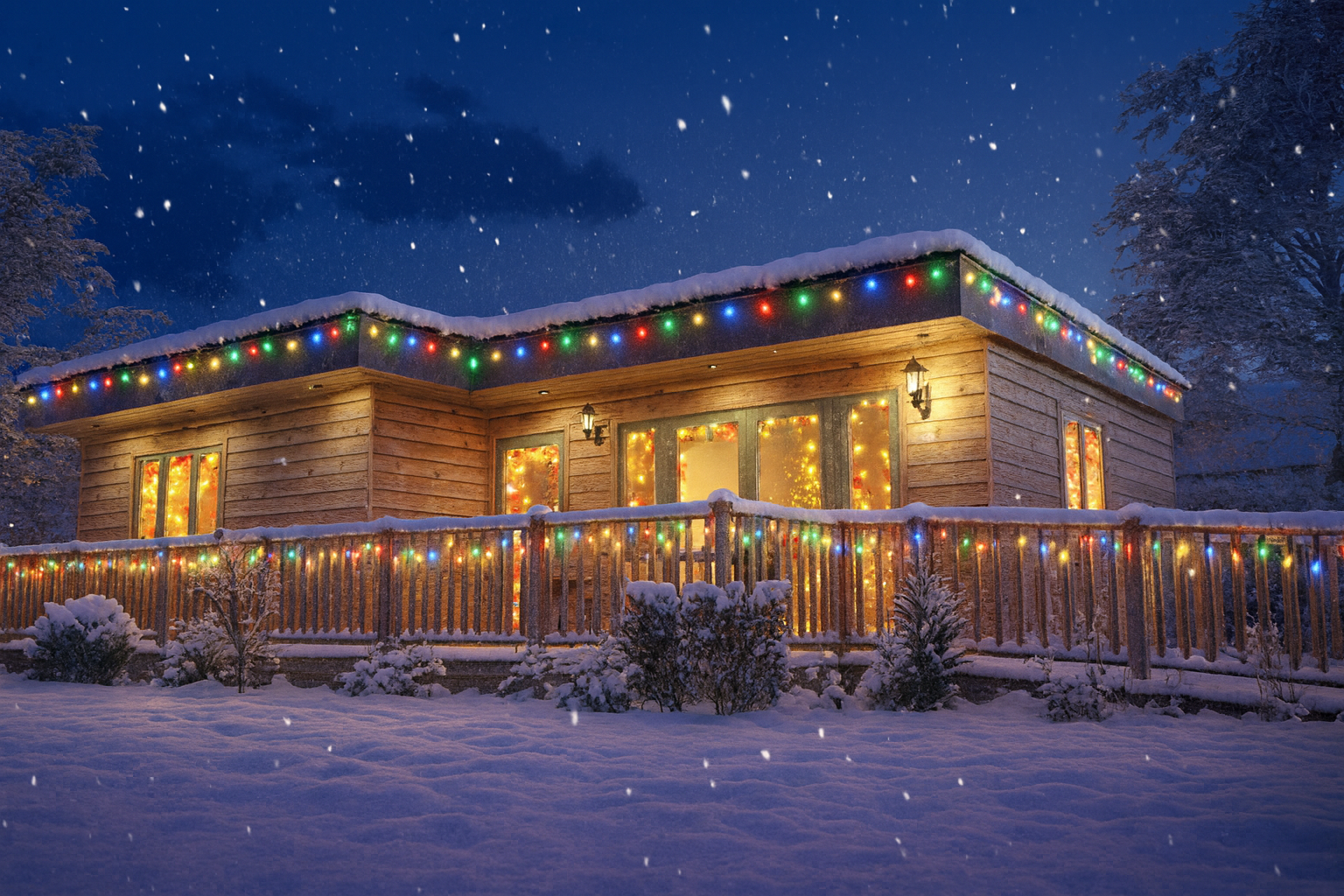A guide to buying and selling a house with an annexe
If you’re just entering the housing market – either as a buyer or a seller – it’s likely that you’ll have seen the topics of annexes keep cropping up.
If you haven’t heard of them before, annexes are smaller structures that are built on the site of (either completely detached from, or partially attached to) an existing property. The specific design and layout of an annexe can be completely unique, but they typically contain a large central room, plus a bathroom, kitchen and bedroom.
Annexes achieve a space that operates completely independently of the rest of the house. This allows someone to live there just as they would if it was a completely separate building, while still allowing them to live alongside their loved ones.
If you’re interested in the idea of buying a house with an annexe, or if you’re wondering whether your annexe will add extra value to the property that you’re trying to sell, keep reading.
Below, we’ve outlined whether an annexe adds value to a house, the benefits of choosing a property with an annexe, and the factors that are fuelling annexes’ popularity rise.
Does an annexe add value to a house?
In the majority of cases, an annexe does add value to a house.
Speaking generally, this is because, at its base level, an annexe increases the total square foot of the property. So, since it offers more space and an extra room, adding an annexe will increase the value of most properties.
In addition to the general perk of extra square footage, many prospective buyers perceive an annexe as an extremely desirable asset.
On a more case-by-case basis (depending on the specific requirements and preferences of the buyers), annexes are commonly seen as a major selling point of a property. As a result, the unique benefits of a granny annexe (we’ll cover these in more detail below), can be a great way to distinguish your property on the market, generate higher levels of interest, and unlock a higher price point.
The question of how much value an annexe will add to a house depends on a number of factors. These include its size, the condition and quality of the annexe, the functionality of the space, the location of the property, and the current housing market within that area.
What are the benefits of choosing a house with an annexe for sale?
Annexes are inherently flexible spaces, which can be adapted to suit a wide range of different uses.
Choosing a house with an annexe for sale offers a wide range of possible benefits. Depending on how you choose to use the space, these include:
-
- Supporting multigenerational living arrangements and helping you to support your family (more on this below)
-
- Helping your family to navigate the current housing market, and save money that they would otherwise spend on high rent or mortgage costs
-
- Increasing the volume of living space that you have access to
-
- Making hosting easier, and providing a more comfortable place for guests to stay
-
- Offering the opportunity to make extra income (as an Airbnb space, for example)
-
- Making remote working more enjoyable, by allowing you to create a home office or studio
If your needs change over time, you can continuously adapt your annexe to ensure it achieves the best function for you.
Why is it becoming so popular to buy a property with an annexe?
These benefits have always been part of the perks of investing in an annexe. So, why exactly are annexes experiencing such a surge in popularity right now?
The recent rise in demand for annexes comes as a result of an increasing trend towards multigenerational living.
Multigenerational living is the name given to a living arrangement where adults of different generations (in the same family) all live together in one property. It could be the case that all of the adults live together in one house. Or, that some adults live in a house, and others live in an annexe on the property.
In recent years – particularly after the COVID-19 pandemic – multigenerational living has increased markedly.
In fact, recent studies revealed that a third of UK households (more than 9 million homes) are classed as multi-generational. Furthermore, estimates predict that this figure will continue to rise over the next few years.
As part of the 2020 Aviva How We Live Report, Gareth Hemming, MD Personal Lines, for Aviva stated that:
“While lockdown led to some new multi-generational households, this type of arrangement is already the norm in millions of UK homes, for a multitude of reasons… This type of set-up could be set to grow further still. Our data suggests that the number of older people living in multi-generational households has increased over the past four years, and there is no one-size-fits-all approach to modern living.”
The current housing market has been a key factor fuelling the rise in multigenerational living and, in turn, the increasing popularity of annexes.
Annexes and multigenerational living offer an affordable solution to today’s sky-high house prices. Be it young people saving for a house deposit, or elderly people looking to downsize, annexes help people across the country to unlock the benefits of owning their own place, at a fraction of the price.
Plus, for adults of all generations – from adult children returning to live with their parents, and elderly people moving in with their children – an annexe gives adults the opportunity to enjoy all the benefits of multigenerational living, while still retaining complete independence.
Contact iHus
Recent years have seen a significant uplift in interest in buying a house with an annexe for sale, and it’s easy to see why. They are inherently flexible in their use options and are ideally suited to the continuing trend of multigenerational living. As a result, they’re a fantastic way to add value to a property.
If you’d like to find out more about the benefits of selling a house with an annexe or to explore the range of annexe options that are available to you, the iHus team is here to help.

